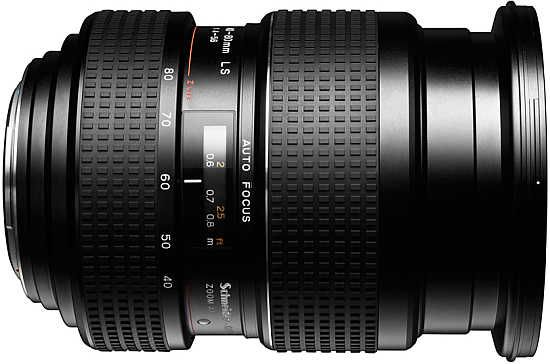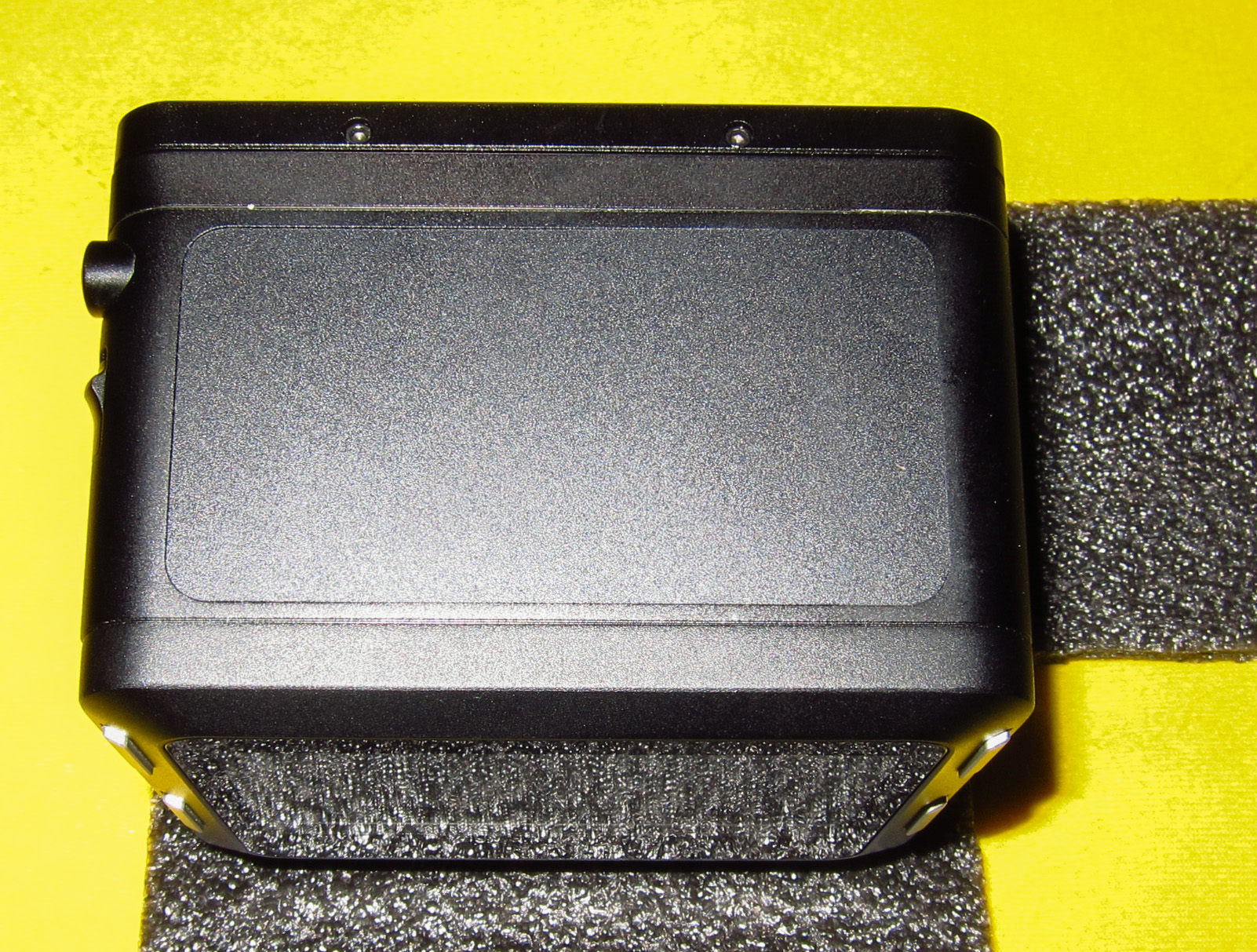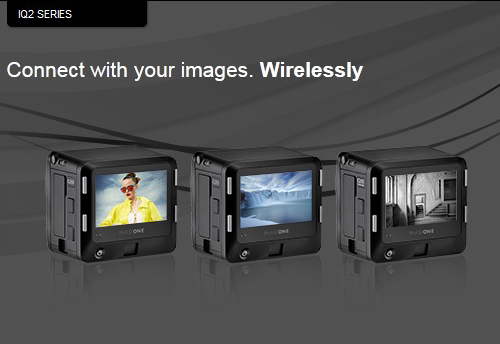About 2 weeks ago, Phase One made a new lens announcement, the LS 40-80 F4 to F5.6 zoom. This is an all new design, not a reworked Mamiya lens as some of the other LS lenses appear to be (28mm LS, 75-150mmLS, and 80mmLS to name a few).
You can find some examples of photography taken with this lens at F11 on the Digital Transitions blog.
In this picture you can get several different views of the lens, it’s not small or light weight. The outer lens shade is close to the size of the built in shade on the 28mm LS ultra wide angle. So what do you gain here? I have looked over some early shots taken from this lens at F11 and they look good, corner to corner, however the real test to me would be more wide open or close to it say F5.6. Most of the other wides from Phase One/Schneider (28mm, 35mm, 45mm) are not good performers wide open or even close to wide open. The 35mm (which is not an LS but sold in the newer D digital name) doesn’t really get very sharp in the corners until F11 either.
Looking at the features besides picking up a short zoom range, that can be covered pretty well by a 45mm D and 55D or the 55mm LS with much less weight and or bulk, I am not sure what the net gain is. Sure there is the LS (leaf) shutter but unless you are looking for a really fast flash sync, this is not a big advantage, especially in landscape work. Also, remember that Phase One’s DF and DF+ camera bodes both still fire their internal focal plane shutters when the leaf shutter in the the lens is fired.
From this view, you can tell that it’s a well thought out design. The manual focus ring has the built in clutch, where you can pull the ring down over the “auto focus” wording, and enabling Manual focus. The lettering and hyperfocal scale is very easy to read, with the usual white letters on black background. The large hood is detachable and the filter threading is 105mm, yes 105mm it’s big. You can read all the detailed featured/specifications here: Phase One 40-80mm Zoom.
As a landscape photographer this lens seems to be similar to the older Mamiya 55-110mm zoom a real tried and true lens, in that it has a very limited focal range and is big and heavy. It weighs 4 lbs!!. Looking at the lens and knowing what I like to shoot I have a few more detailed thoughts.
- Weight, if you attempt to carry this in the field, you will be paying a high price for a very limited zoom range. This lens at 4.1 pounds weigh just a little less than my entire Arca rm3di, IQ260 and 40mm Rodenstock lens.
- Price, well this should be number 1, folks at 9K this lens is very much a specialty unit. Not sure what the thought process is here from Phase One. There must be a market but consider that that NEW Rodenstock 40mm lens from Arca, Cambo or Arca will cost about 1/2 of this lens price. Sure you have to have a tech camera but if you are working with landscape in medium format and want the best wides, a tech camera is pretty much a given.
- No tilt or swing. This is very important to me as I don’t want a shallow DOF for my work. Phase One even points out that this lens features a “great shallow DOF” (DOF = depth of field). The advantage of having tilt alone to change my DOF with a tech camera is priceless
- Huge outer filter threading of 105mm. This means very expensive filters as a circular polarizer in the 105mm range will be at least $250.00 (but when you purchase a 9K lens I guess this an additional drop in the bucket)
- The 105mm filters are thicker by design and more than likely you will not be able to stack a Neutral density and CL-PL without getting some vignetting at 40mm
- Pretty limited aperture range for a 9K lens, at F4 and moving to F5.6 at 80mm
- Extremely limited zoom range for 9K only 40mm
- No Image stabilization which would be a nice feature for a lens that tops the scales at over 4 pounds
- More than likely soft corners at 40mm until you get to around F11 (but to be fair to Phase One, I would need to have the lens and test it)
I would say that this is very specialized purchase and I am overall disappointed to see Phase One continue to price their lens in the upper stratosphere. But this lens has to take the award for most expensive medium format zoom ever made.
Lets take a look at just how much some of these lenses really cost with a similar zoom, the excellent Mamiya 75-150 F4-5.6. This is zoom which has been on the market for over 4 years or so, first under the Mamiya brand, has always been an expensive lens listing for around 4.6K U.S. I first looked at this lens about 3 years ago but found the price point just too much, however on ebay there were several examples (new) being sold for $2,500.00, close to half price. These lenses were being shipped from Japan, but they still had the full Mamiya warranty. Plus on a lens like this if it works from day one, odds are the lens will continue to work unless you drop it. So my point is that the 40-80 at 9K, costs much less than this and the price has been totally over inflated for some reason, as if to limit sales. Trust me not too many photographers are going to line up to purchase this lens for this price. For 9K, you getting into the cost point of a Nikon or Canon 600 F4 lens. Yes I understand these are not medium format lenses, but they seem to warrant the price point more to me than this limited range zoom. Why Phase One choose to price this lens at 2x of the original Mamiya 45-90 AF zoom is pretty disappointing, and is yet another reason I am glad I shed this type of gear over 2 years ago when I moved to a technical camera.
One thing is certain, this is not a re-worked Mamiya lens as some of the other Phase One LS lenses are. NO, this is all new and a totally different optical design. Users of Mamiya medium format cameras may be able to remember back about 4 years ago, when the 45-90AF lens was announced. The aperture was a fixed F4.5 and the zoom from 45 to 90 gave it a bit more reach and it filled a big hole in the Mamiya modern digital zoom range. The only lens close was the much older designed 55-110 lens. Optically it was great for film backs, but past 33 megapixels, the optical quality of the lens really started to show. I owned one and used it for several years, but rarely carried on long hikes, due to the limited zoom range and the weight.
For a while this lens showed up on B&H photo and other camera reseller website, but it never shipped, possibly may never have really existed. Sure mockups like the image above were made but I never read any reviews from anyone that was able to test and shoot with this lens. No it did not have a LS shutter but it was still very expensive listing at around 4.5K, but since it fit into such a great spot in the Mamiya zoom line up I was excited about it. Now you could work in the field with only 3 lenses, the 35mm F3.5, the 45-90 F4.5 zoom and the 75-150mm. The 35mm suffered on the corners and really wasn’t that great a lens, but the hopes were that the 45mm focal range on the new 45-90 would be good. This lens quietly just went away, and Dr Frankphase has brought it back as the new 40-80 zoom, at 9K. wow, that’s all I can say.
As a Phase One user, sadly I find their directions seem to be moving away from mine. It doesn’t seem to be an attempt at enabling growth just as their upgrade price from a IQ260 to IQ250 was financially unrealistic . Realistically, sure there are photographers that will buy this lens, but WHY? Do you just have to have the LS shutter? And for 9K. For 9K, it should be darn sharp corner to corner at F5.6.
Before purchasing this lens, I strongly recommend that the photographer with the budget for it (and the physical stamina to carry it all day) demo it on their existing equipment. You can find demo’s with Phase One authorized dealers like Digital Transitions based out of New York. They have recently added some new images taken from this lens to their blog.








Recent Comments